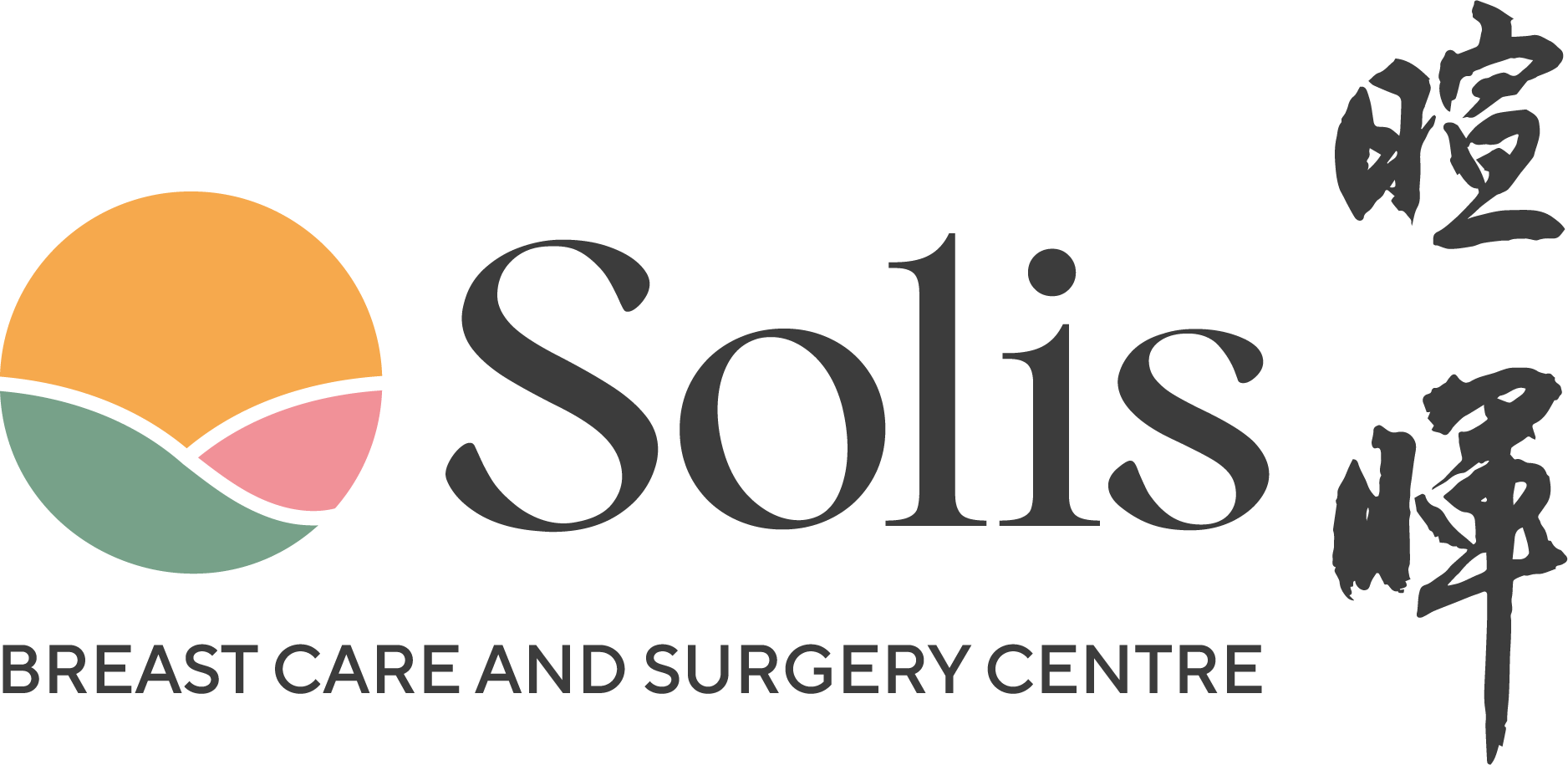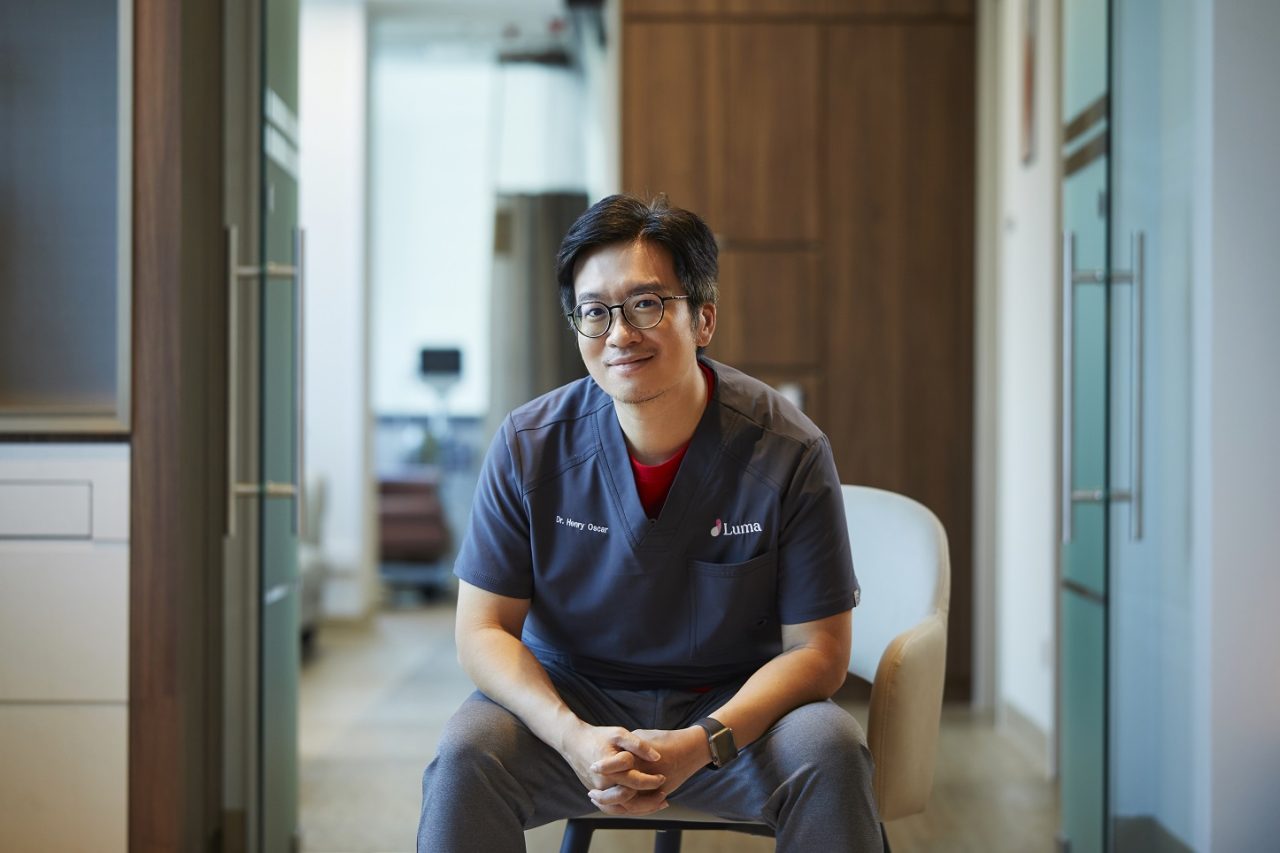Image reference: Dr Henry Oscar
In this edition, we get up-close and personal with Dr Henry Oscar, Consultant Radiologist and Co-founder of Luma Women’s Imaging.
Dr Henry specialises in breast imaging and breast cancer intervention. He performs diagnostic procedures, including breast ultrasound, biopsies, and wire/seed localisation.
As an experienced interventionist, he interprets all breast imaging studies including mammography and tomosynthesis, breast ultrasound, and breast MRI. He also routinely performs stereotactic and ultrasound-guided breast biopsy.
- Why did you choose to become a radiologist and why a subspeciality in breast?
Radiologists are specialised medical doctors who use imaging techniques, such as X-rays, ultrasounds, CT scans, and MRI scans, to diagnose and treat medical conditions. We play a critical role in helping other healthcare professionals make accurate diagnoses and develop effective treatment plans. I chose to specialise in breast imaging because breast cancer is a prevalent disease that affects many women worldwide.
Breast imaging is also a rapidly evolving field with new techniques and technologies constantly being developed, which can provide opportunities for research and innovation. Additionally, breast radiologists work closely with breast surgeons, oncologists, and other healthcare professionals to provide comprehensive care for patients with breast cancer.
By specialising in breast imaging, radiologists can develop expertise in interpreting breast imaging studies and identify abnormalities and improve women’s health.
- What do you think is the most underrated aspect of radiology?
One aspect of radiology that is often underrated is the significant impact that radiologists can have on patient outcomes through their work in diagnostic accuracy and guiding patient care. Radiologists have a unique perspective on the patient’s overall condition through the images they receive and can provide vital information to clinicians that can lead to improved patient outcomes. We are also critical members of multidisciplinary care teams, and our input can help guide treatment decisions, monitor treatment response, and provide ongoing surveillance for breast disease recurrence.
Radiologists can also play an essential role in improving patient safety by providing guidance on the appropriate use of imaging studies. We play a crucial role in driving progress in healthcare and contributing to increased positive results for patients.
- Could you share with us any interesting findings that you have come across in the course of your work?
One recent study published in the JAMA (Journal of American Medical Association) reported that a deep learning model trained on mammography images was able to accurately identify breast cancer in women with no prior mammogram. The study found that ‘it’ was able to achieve a level of diagnostic accuracy comparable to that of experienced radiologists.
In addition, researchers have been investigating the potential use of algorithms to improve the interpretation of breast imaging studies. For example, some studies have explored the use of AI algorithms to assist in the detection of breast lesions and the differentiation of benign from malignant lesions.
While technological advancement is good, the key question remains as to whether machines can completely replace years of human experience and expertise.
- What is ONE myth or message that you would like women to know about breast cancer screening?
One myth – that mammograms are always painful and uncomfortable. While mammograms can be uncomfortable for some women, they typically do not cause significant pain. Additionally, advances in mammography technology have led to improvements in patient comfort, with newer machines designed to reduce discomfort and improve image quality especially tomosynthesis where gentle compression is sufficient.
- How do you stay up-to-date with new developments in breast radiology?
Staying up-to-date with new developments in breast radiology is essential. Radiology conferences and seminars provide an excellent opportunity to learn about the latest research and advancements in breast imaging.
I also read journals and publications and participate in online learning. People have become more receptive of webinars post covid.
- What do you do in your free time?
I have three little girls, and they keep me busy and occupied.
- What do you think you will be doing if you did not become a radiologist?
I would have become a video game designer as I loved to play video games when I was younger.



